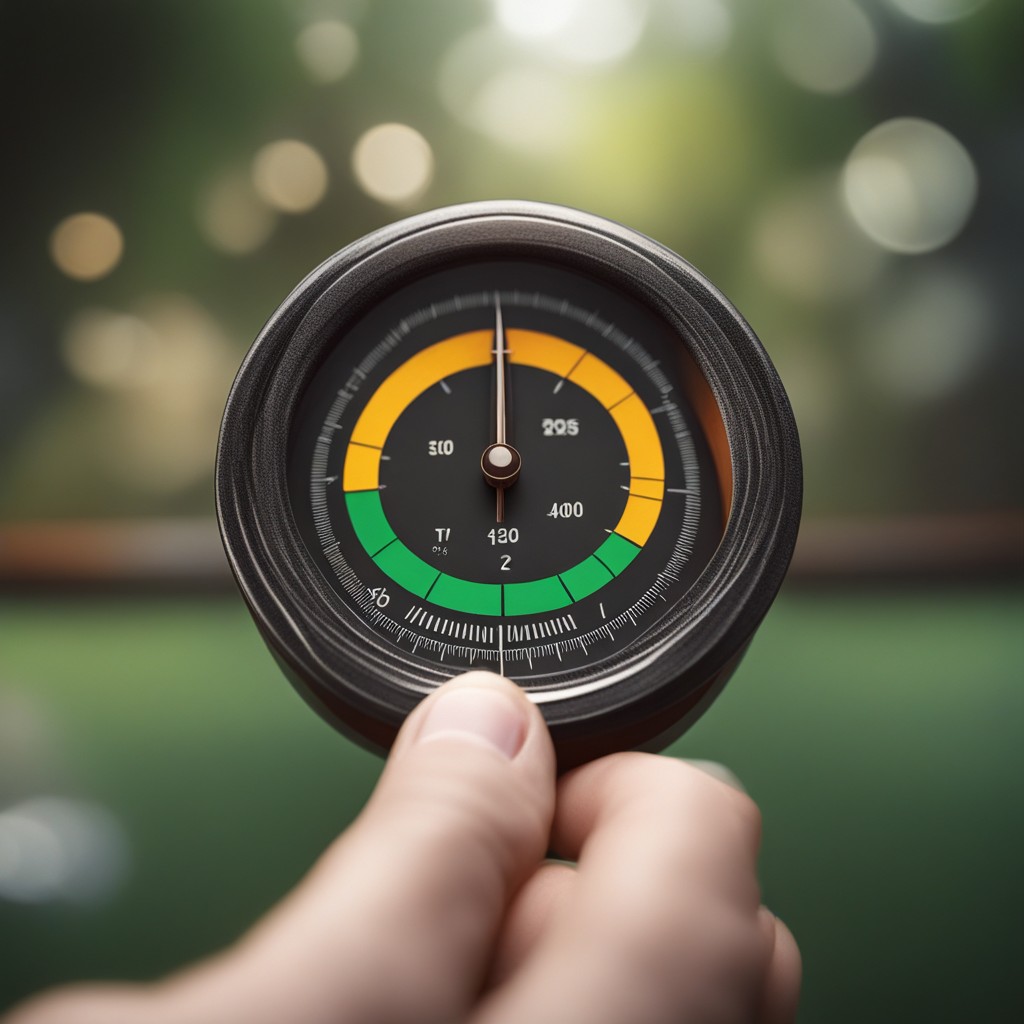In the landscape of digital marketing, one phrase continually echoes through the boardrooms and marketing departments of businesses: Return on Investment (ROI). It’s a financial metric that looms large in every marketing campaign, and when it comes to lead generation, understanding and measuring Lead Generation ROI is essential for business success.
Let’s start with the basics. ROI, or Return on Investment, is a simple yet powerful metric that calculates the profitability of an investment. When it comes to lead generation, this metric helps businesses determine how effectively their marketing efforts are converting prospects into paying customers.
Lead Generation ROI can be calculated by subtracting the cost of generating leads from the revenue generated from those leads. The formula is quite straightforward:
ROI = (Revenue – Cost) / Cost
Understanding this formula is vital because it lays the foundation for evaluating the performance of your lead generation strategies. In this context, Revenue represents the income generated from the leads, while Cost encompasses all the expenses related to lead generation, including marketing, advertising, and personnel costs.
The Power of Accurate ROI Measurement
Accurate ROI measurement is the compass that guides your marketing decisions. It enables you to identify which lead generation strategies are producing the best results and which ones need improvement. This insight ensures you allocate your resources wisely, avoiding wasted time and money on ineffective methods. Measuring Lead Generation ROI provides valuable data that can be utilised to:

source: contentcult
Optimise Marketing Campaigns
Knowing which channels and strategies are driving the most profitable leads allows you to focus your efforts on the most promising avenues.
Budget Allocation
By understanding the ROI of different lead generation methods, you can allocate your budget to maximise returns, ensuring that every marketing pound is optimally utilised.
Performance Evaluation
You can evaluate the performance of your sales and marketing teams in terms of lead generation efficiency. It offers a clear picture of where improvements are needed and where efforts are paying off.
Conversion Rate Improvement
Identify weak points in your sales funnel and address them to enhance your conversion rates, thereby amplifying your Return on Investment.
How to Measure Lead Generation ROI?
Measuring Lead Generation ROI can be a relatively straightforward process when you have the necessary data and tools at your disposal. Here’s a step-by-step guide:

source: contentcult
Gather Data
Begin by collecting data on the total cost of your lead generation efforts. This should include expenses related to marketing campaigns, software tools, advertising, and any salaries involved. Ensuring that you have a comprehensive overview of all costs is vital for accurate ROI measurement.
Track Leads
Implement a system to track and quantify the leads generated from each source. This could be through analytics tools, lead capture forms, or customer relationship management (CRM) systems. By accurately tracking leads, you can precisely determine their source and origin.
Calculate Revenue
Measure the revenue generated from these leads. This might require integrating your lead tracking system with your sales data. Having an integrated system enables you to directly link revenue to the specific leads, providing an accurate reflection of your Return on Investment.
Calculate ROI
Use the ROI formula mentioned earlier to calculate the Return on Investment for each lead generation source or campaign. Having accurate data for both revenue and costs is pivotal for precise calculations.
Analyse and Adjust
Once you have your ROI figures, analyse the results. Identify the most cost-effective sources and those that need improvement. Adjust your lead generation strategies accordingly. Accurate data is the backbone of this step, allowing you to make data-driven decisions.
The Importance of Accurate Data
Accurate data is the lifeblood of ROI measurement. Without it, your calculations are no more than educated guesses. Ensure that you’re tracking every source and every cost, and integrate your data sources to create a complete picture of your lead generation efforts. This data-driven approach is crucial for effective decision-making.
Factors Affecting Lead Generation ROI
Measuring Lead Generation ROI isn’t always a straightforward process due to various factors that can influence the outcome. These factors include:

source: contentcult
Sales Cycle Length
The time it takes for a lead to convert into a customer can affect ROI. Longer sales cycles may require more extended nurturing efforts, impacting costs. Understanding the duration of your sales cycle is crucial for accurate Return on Investment assessment.
Lead Quality
The quality of leads generated can vary. High-quality leads are more likely to convert, improving ROI, while low-quality leads may be a drain on resources. Evaluating the quality of your leads is essential for precise ROI measurement.
Conversion Rates
The conversion rates at different stages of your sales funnel will also influence ROI. Higher conversion rates mean more revenue from the same number of leads, increasing ROI. Monitoring and improving your conversion rates are integral to maximising your Return on Investment.
Market Competition
The competitiveness of your industry or market can affect the cost of acquiring leads. More competition may drive up advertising costs. Understanding the market dynamics and their impact on your lead generation costs is crucial for accurate ROI measurement.
Marketing Channels
The choice of marketing channels can significantly impact ROI. Some channels may provide higher-quality leads at a lower cost, while others may be more expensive but less effective. Selecting the right marketing channels is vital for optimising your Return on Investment.
Measuring Lead Generation ROI: Case Study
Let’s explore a practical example to illustrate the significance of measuring Lead Generation ROI. Imagine a small business that invests £5,000 in various marketing efforts over a quarter and generates 100 leads. Out of those 100 leads, 10 convert into paying customers, generating £10,000 in revenue.
Using the ROI formula, we can calculate the ROI for this specific campaign:
ROI = (Revenue – Cost) / Cost ROI = (£10,000 – £5,000) / £5,000 ROI = £5,000 / £5,000 ROI = 1
In this scenario, the ROI is 1, which indicates a break-even point. For every £1 invested in lead generation, the business generated £1 in revenue. While not a loss, this campaign is not providing a significant return on investment.
Measuring Lead Generation ROI allows the business to identify areas for improvement. They can analyze which marketing channels and strategies are not performing well and adjust their approach to achieve a higher ROI in the next quarter.
Conclusion
Understanding and measuring Lead Generation ROI is essential for business success. It provides valuable insights into the effectiveness of your marketing efforts, allowing you to allocate resources wisely, optimise campaigns, and improve conversion rates, ultimately boosting your business’s financial performance.
Accurate data collection and analysis are key to the process. With the right information in hand, you can calculate ROI for each lead generation source or campaign, making informed decisions to boost your business’s financial performance and ensuring that every marketing pound is optimally utilised.
In the end, it all boils down to the numbers. Measuring Lead Generation ROI is not a one-time task; it’s an ongoing process that empowers you to make data-driven decisions and maximise the impact of every marketing pound spent.
